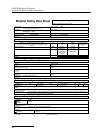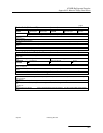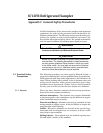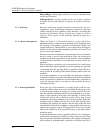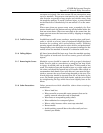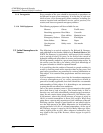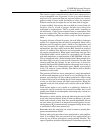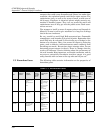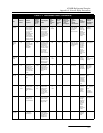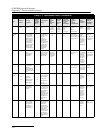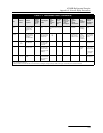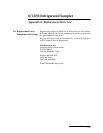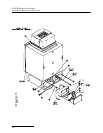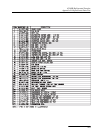
6712FR Refrigerated Sampler
Appendix C General Safety Procedures
C-6
amounts that could cause discomfort and illness, but under that
condition, the explosion hazard would be far more serious. The
explosimeter tests, as well as the sense of smell, would warn of
the danger. Pipelines in chemical plants might contain any
number of harmful vapors. They, too, are sensed by smell and
explosimeter tests if they get into the public sewer. Such occur-
rences are rare.
The attempt to instill a sense of urgency about real hazards is
diluted if a man is told to give attention to a long list of things
that in fact are irrelevant.
Be very careful to avoid high H
2
S concentrations, flammable
atmospheres, and hazards of physical injuries. Remember that
much H
2
S may be released by the stirring up of sludge in the
bottom of a structure. Obey your senses in respect to irritating
gases, such as chlorine (unconsciousness comes suddenly from
breathing too much). Be cautious about strange odors. Do not
determine percent oxygen in the air. There is a danger that the
result will influence a man's thinking about the seriousness of
the real hazards. Most important, use ample ventilation, and do
not enter a potentially hazardous structure except in a good
safety harness with two men at the top who can lift you out.”
C.3 Hazardous Gases The following table contains information on the properties of
hazardous gases.
Table C-1 Hazardous Gases
Gas
Chemical
Formula
Common
Properties
Specific
Gravity
or Vapor
Density
Air =1
Physiological
Effect
Max
Safe 60
Min.
Exposure
ppm
Max. Safe
8 Hour
Exposure
ppm
Explosive
Range (% by
vol. in air)
Limits
lower/upper
Likely
Location
of
Highest
Concentration
Most
Common
Sources
Simplest and
Cheapest
Safe Method
of Testing
Ammonia NH
3
Irritant and
poisonous. Col-
orless
with characteris-
tic
odor.
0.60 Causes throat
and
eye irritation at
0.05%, cough-
ing
at 0.17%. Short
exposure at
0.5%
to 1% fatal.
300
to
500
85 16 25 Near top.
Concentrates
in closed up-
per spaces
Sewers,
chemical
feed
rooms.
Detectable
odor at low
concentrations
Benzene C
6
H
6
Irritant, colorless
anesthetic
2.77 Slight symp-
toms
after several
hours
exposure at
0.16% to 0.32%.
2% rapidly
fatal.
3,000
to
5,000
25 1.3 7.1 At bottom. Industrial
wastes,
varnish,
solvents.
Combustible
gas indicator
Carbon
Bisulfide
CS
2
Nearly odorless
when pure, color-
less, anesthetic.
Poisonous.
2.64 Very poison-
ous,
irritating, vom-
iting,
convulsions,
psychic distur-
bance.
— 15 1.3 44.0 At bottom An insecti-
cide
Combustible
gas indicator



